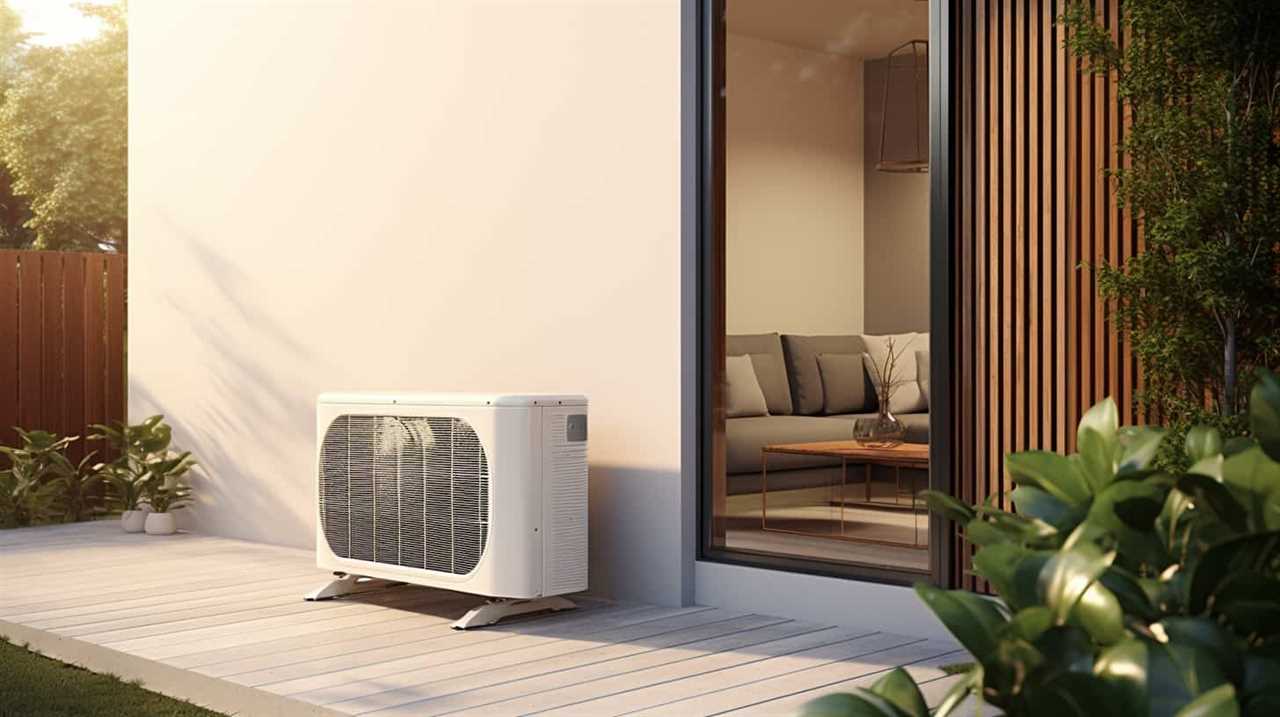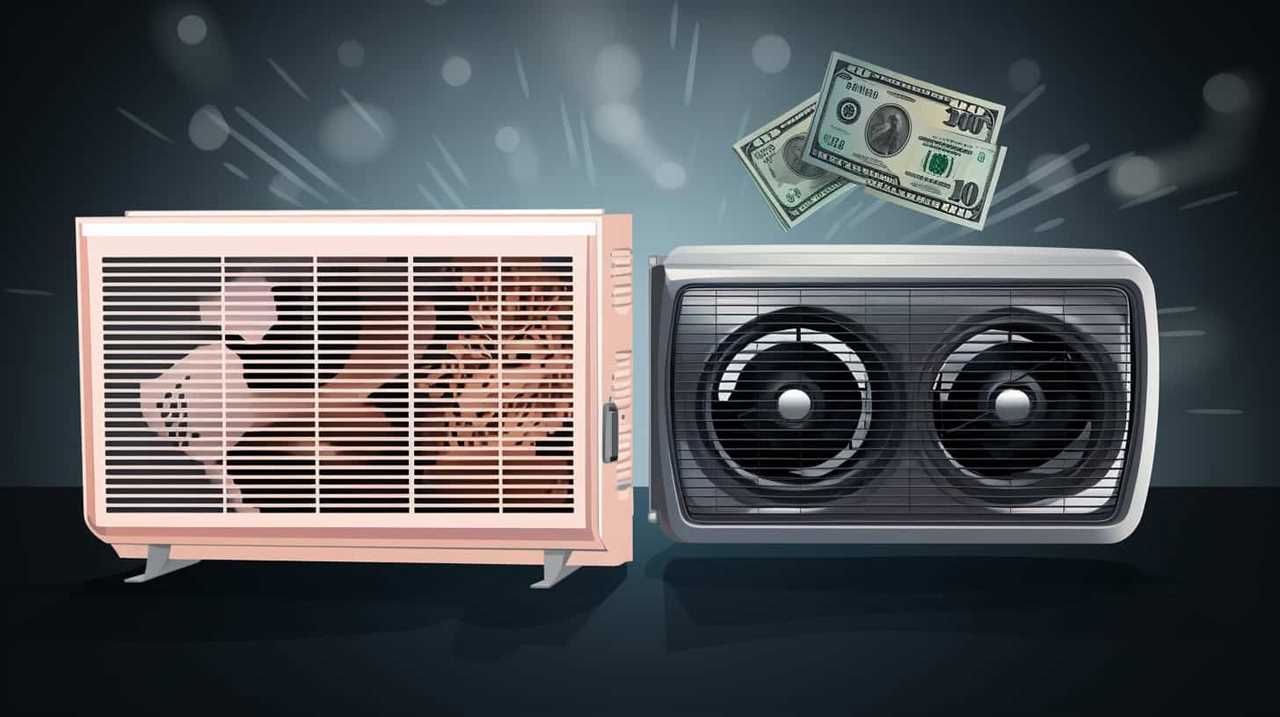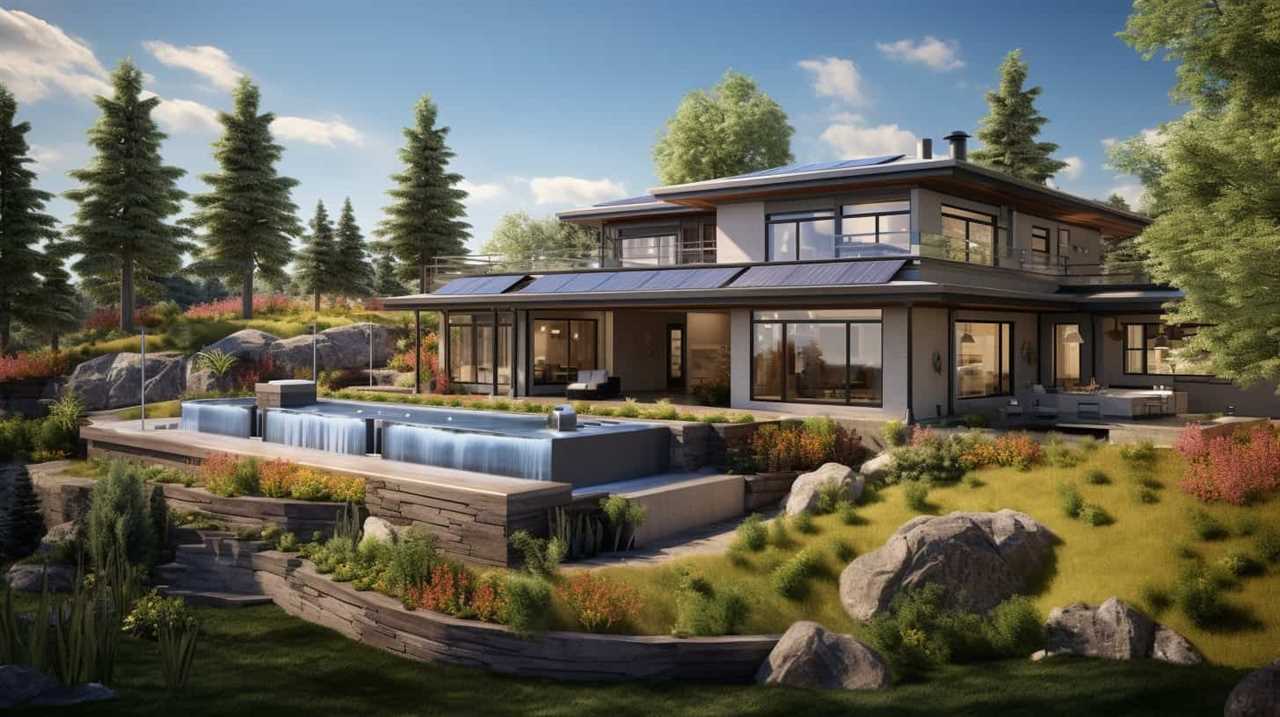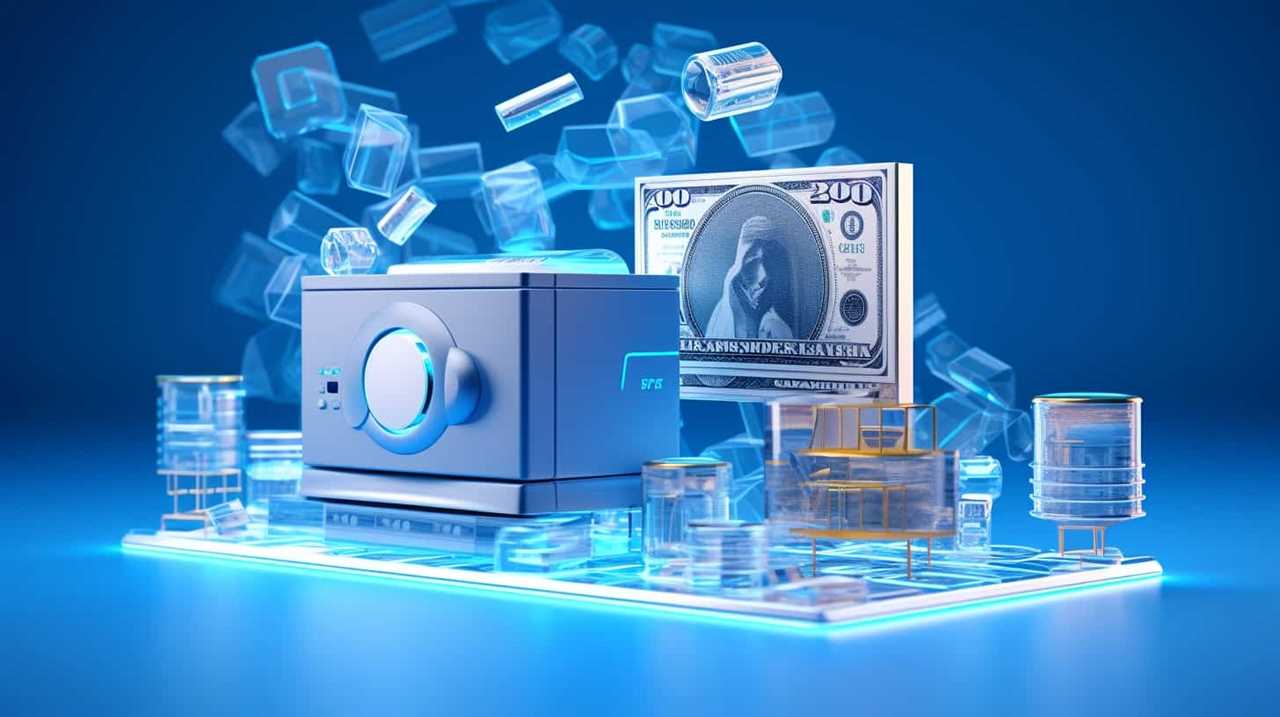
Visualize a world where our residences are both sustainable and highly efficient. As we strive for environmentally-friendly design, we understand the importance of maximizing heat pump efficiency.
By understanding the key factors influencing this efficiency and implementing strategies to optimize it, we can create homes that not only save energy but also reduce our carbon footprint.
Join us as we explore the innovative technologies and energy-saving tips that will revolutionize the way we design sustainable homes.
Key Takeaways
- Heat pumps are energy-efficient appliances that reduce carbon footprint.
- Proper sizing, installation, maintenance, and cleaning are important for maximizing efficiency.
- Integration with other energy-efficient appliances and systems enhances performance.
- Factors like insulation, regular maintenance, renewable energy integration, and smart thermostat usage are key strategies for optimizing heat pump efficiency in eco-friendly design.
The Importance of Heat Pump Efficiency in Eco-Friendly Home Design
We believe that maximizing heat pump efficiency is crucial for eco-friendly home design.
Heat pumps are energy-efficient appliances that can provide both heating and cooling for homes.
By using renewable energy sources such as solar power or geothermal energy, heat pumps can significantly reduce the carbon footprint of a household.
The efficiency of a heat pump is measured by its coefficient of performance (COP), which is the ratio of heat output to the electrical energy input.
The higher the COP, the more efficient the heat pump is at converting energy.

To maximize efficiency, it’s important to properly size and install the heat pump, as well as regularly maintain and clean it.
Additionally, integrating the heat pump with other energy-efficient appliances and systems can further enhance its performance and contribute to a sustainable and comfortable living environment.
Key Factors Affecting Heat Pump Efficiency in Sustainable Home Design
One of the key factors in maximizing heat pump efficiency in sustainable home design is the proper sizing and installation of the heat pump. This ensures that the heat pump is able to effectively meet the heating and cooling demands of the home while operating at its highest efficiency.
In addition to proper sizing and installation, there are several other factors that play a significant role in heat pump efficiency in sustainable home design:

-
Passive cooling techniques: Incorporating passive cooling techniques such as shading, insulation, and natural ventilation can reduce the cooling load on the heat pump, allowing it to operate more efficiently.
-
Renewable energy integration: By integrating renewable energy sources such as solar panels or wind turbines, the heat pump can be powered by clean and sustainable energy, further increasing its overall efficiency and reducing carbon emissions.
-
Regular maintenance and servicing: Proper maintenance and servicing of the heat pump ensure that it operates at its optimal efficiency levels. This includes regular cleaning, filter replacement, and inspection of the system to identify any potential issues that may affect its performance.
Strategies for Optimizing Heat Pump Efficiency in Eco-Friendly Design
To optimize heat pump efficiency in eco-friendly design, we can implement strategies such as proper insulation and regular maintenance. Energy efficient insulation plays a crucial role in reducing heat loss and improving overall system performance. By using insulation materials with high R-values, we can minimize heat transfer through walls, roofs, and floors, allowing the heat pump to operate more efficiently. Additionally, regular maintenance is essential to ensure that the heat pump is running at its optimal level. This includes cleaning or replacing air filters, checking refrigerant levels, and inspecting the system for any potential issues. Furthermore, integrating renewable energy sources, such as solar panels or geothermal systems, can provide clean and sustainable power to heat pumps, further enhancing their efficiency and reducing the carbon footprint of the building.

| Strategies for Optimizing Heat Pump Efficiency |
|---|
| 1. Energy efficient insulation |
| 2. Regular maintenance |
| 3. Integration of renewable energy sources |
| 4. Proper sizing and installation |
Energy-Saving Tips for Enhancing Heat Pump Efficiency in Sustainable Homes
By implementing energy-saving tips, we can significantly enhance the efficiency of heat pumps in sustainable homes. Here are three key energy-saving techniques that can improve the performance of heat pumps and promote sustainable heating methods:
-
Proper insulation: Insulating your home effectively helps keep the heat trapped inside, reducing the workload on the heat pump. By sealing air leaks and insulating walls, floors, and attics, you can minimize heat loss and maximize the efficiency of your heat pump.
-
Regular maintenance: Regularly servicing and maintaining your heat pump ensures that it operates at its optimal level. Clean or replace air filters, check refrigerant levels, and keep the outdoor unit clear of debris to improve energy efficiency and extend the lifespan of your heat pump.
-
Smart thermostat usage: Installing a programmable or smart thermostat allows you to control your heat pump’s temperature settings and schedule. By optimizing the temperature according to your usage patterns, you can save energy and reduce unnecessary heating or cooling.

Implementing these energy-saving techniques is crucial in maximizing the efficiency of heat pumps and maintaining sustainable heating methods in our homes.
Now, let’s explore the innovations in heat pump technology for further enhancing efficiency in eco-friendly design.
Innovations in Heat Pump Technology for Maximizing Efficiency in Eco-Friendly Design
Let’s explore the latest innovations in heat pump technology that maximize efficiency in eco-friendly design. Heat pump innovations play a crucial role in achieving energy efficient design in today’s eco-conscious world.
One of the key advancements in heat pump technology is the use of variable speed compressors. These compressors are designed to adjust their speed according to the heating or cooling demand, resulting in optimized energy consumption.

Another notable innovation is the integration of smart controls and sensors. These advanced systems can monitor the indoor and outdoor conditions, automatically adjusting the heat pump settings to maximize efficiency and comfort.
Additionally, manufacturers are exploring the use of alternative refrigerants with lower global warming potential, further reducing the environmental impact of heat pump systems.
These innovations in heat pump technology are revolutionizing eco-friendly design, allowing for increased energy efficiency and reduced carbon footprint in residential and commercial buildings.
Frequently Asked Questions
Can Heat Pumps Be Used in All Types of Eco-Friendly Home Designs?
Heat pump compatibility is determined by the specific design of an eco-friendly home. It’s essential to consider factors like insulation, ventilation, and overall energy efficiency to maximize the heating benefits of a heat pump.

Are There Any Government Incentives Available for Installing Heat Pumps in Sustainable Homes?
Yes, there are government incentives available for installing heat pumps in sustainable homes. These incentives aim to promote energy efficiency and reduce carbon emissions. They can offset the costs of heat pump installation and encourage eco-friendly design choices.
How Does the Location of a Heat Pump Affect Its Efficiency in Eco-Friendly Design?
Heat pump location plays a crucial role in maximizing efficiency. Factors such as proximity to heat sources, insulation, and airflow affect performance. By optimizing placement, we can ensure eco-friendly design and enhance heat pump efficiency.
Is It Possible to Retrofit an Existing Home With a Heat Pump for Improved Efficiency?
Yes, it’s possible to retrofit an existing home with a heat pump for improved efficiency. However, there are retrofitting challenges and cost considerations to take into account.
What Are the Potential Drawbacks or Limitations of Using Heat Pumps in Eco-Friendly Home Design?
Potential disadvantages of heat pumps in eco-friendly home design include higher upfront costs, limited performance in extreme temperatures, and the environmental impact of refrigerants. However, with proper design and maintenance, these drawbacks can be minimized.

Conclusion
In conclusion, maximizing heat pump efficiency in eco-friendly home design is crucial for sustainable living.
Just as a well-tuned orchestra produces harmonious music, optimizing heat pump performance orchestrates energy savings and reduces environmental impact.
By considering key factors, implementing strategies, and staying informed about innovative technologies, we can create homes that aren’t only eco-friendly but also comfortable and cost-effective.
Let’s embrace the power of heat pump efficiency to create a symphony of sustainability in our homes.










